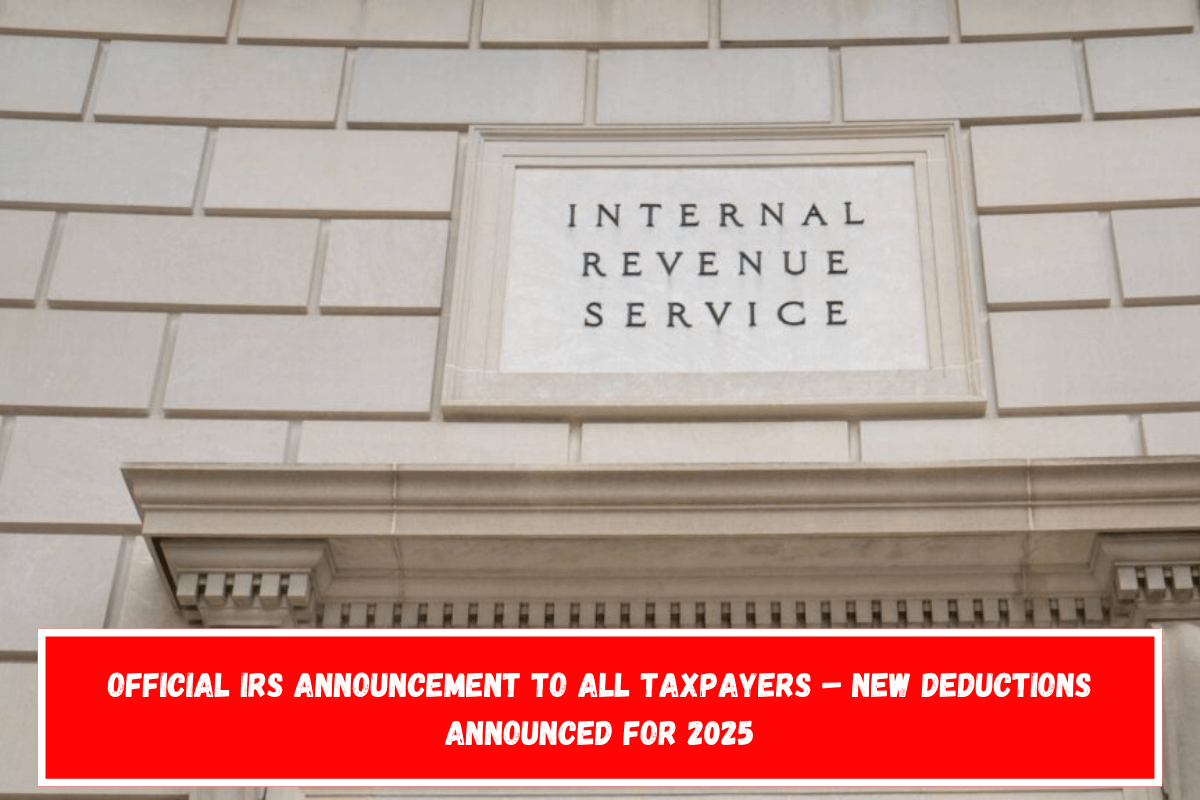The Internal Revenue Service (IRS) is letting people know about all the changes to taxes they need to make for the next year since 2025 is getting closer and closer. A bigger standard deduction is one of the big news stories. This is to account for inflation. For those keeping track, this change is not as big as it has been in other tax cycles, but it will help people get some extra money.
In 2025, the regular new deduction for people who are single or married but file separately will go up to $15,000. This is $400 more than the previous year. It will be $800 more for married couples filing jointly, so their standard deduction will go up to $30,000. If you’re the head of the family, it will go up by $600, to $22,500. Along with these changes, the salary limits for all seven federal tax brackets have been changed.
What are federal income tax brackets and how have they changed in 2025
The federal income tax rate tells you how much tax you have to pay based on how much money you make that is taxable. To get this number, you need to add up all of your income, including wages, bonuses, investments, property income, etc., and then take away any deductions you are eligible for. This number will tell you how much of your income is taxed.
When the amount is known, it will be split into parts, or bands, and taxed more heavily as the brackets get higher. The tax rates for these groups have not changed, but the amount of money you need to make to move up in tax brackets has gone up to reflect the higher cost of living.
These are the new tax rates for 2025:
- The 37 percent tax bracket remains unchanged and will now apply to individuals earning more than $626,350 for single taxpayers in 2025.
- The 35 percent tax bracket will now apply for incomes above $250,525 (or $501,050 for married couples filing jointly)
- The 32 percent tax bracket will now apply for incomes over $197,300 (or $394,600 for married couples filing jointly)
- The 24 percent tax bracket will now apply for those making more than $103,350 (or $206,700 for married couples filing jointly)
- The 22 percent tax bracket will now apply for incomes exceeding $48,475 (or $96,950 for married couples filing jointly)
- The 12 percent tax bracket will now apply for incomes over $11,925 (or $23,850 for married couples filing jointly)
- The 10 percent tax bracket will now apply for incomes of $11,925 or less (or $23,850 or less for married couples filing jointly)

How the IRS applies the tax brackets
When it comes to tax brackets, most people get confused because they think that all of their income is taxed at the top rate. This could not be further from the truth. Being fair with taxes means that everyone’s income is taxed at the same rate. This method is a bit more complicated than it would be if that were true.
For people making more than the highest income tax bracket, all percentages would be applied to the different parts of their income. But for people making less than $58,000, the first $11,925 would be taxed at 10%, the rest of their income up to $48,475 would be taxed at 12%, and the rest would be taxed at 22%.
The IRS has also changed other tax rules that filers should be aware of, in addition to these changes to income tax brackets. Some of these changes are to the tax brackets for long-term capital gains, the tax exemption for estates and gifts, and the standards for getting the child tax credit. In 2025, if you think you will be able to get a certain tax credit or benefit, you should check with the IRS to see what the new rules are.
Also See:- Big changes are coming to Medicare starting today – This is how it will affect Seniors in the US















Leave a Reply